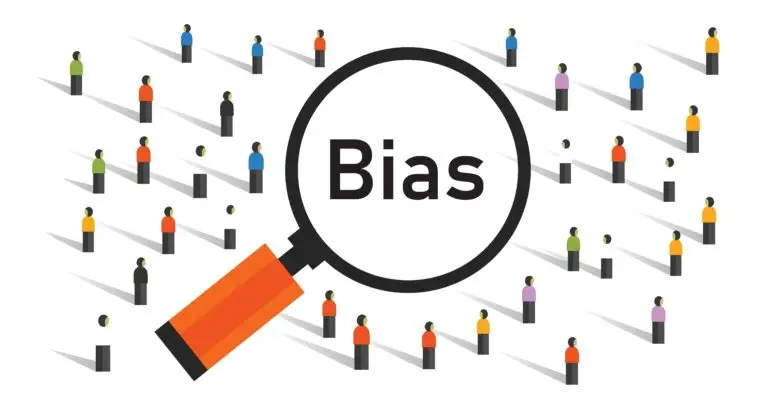Bias

Table of Contents
What is Statistical Bias?
Bias in statistics refers to a systematic error or deviation from the true value or result due to factors such as sampling methods, measurement errors, or human judgment.
Bias can lead to inaccurate or misleading conclusions and affect the validity and reliability of statistical analyses. Identifying and minimizing bias in research is crucial to ensure the accuracy and credibility of findings.
Types of Bias
Selection Bias
Selection bias occurs when selecting participants or items for a sample is not random, leading to an unrepresentative sample. This can happen in convenience sampling, where certain groups are overrepresented or underrepresented, affecting the generalizability of results.
Measurement Bias
Measurement bias (also known as observer bias or instrumentation bias) occurs when measurement instruments or procedures systematically underestimate or overestimate the actual value of a variable. This can lead to inaccurate data collection and analysis.
Sampling Bias
Sampling bias occurs when the sample is not representative of the entire population due to flaws in the sampling method. For example, if a survey is conducted only among individuals with internet access, it may not represent the opinions of those without internet access, leading to sampling bias.
Response Bias
Response bias occurs when participants provide inaccurate or biased responses due to social desirability, leading questions, or other factors. This can skew survey results and affect the validity of conclusions drawn from the data.
Recall Bias
Recall bias occurs when participants’ ability to recall past events or experiences is influenced by their current knowledge, beliefs, or emotions. This can lead to memory-related errors in data collection and analysis.
Publication Bias
Publication bias occurs when studies with statistically significant results are more likely to be published than studies with non-significant or negative results. This can create a skewed representation of the actual effect size or relationships in the literature.
Cognitive Bias
Cognitive biases are systematic patterns of deviation from rationality or objective judgment, affecting decision-making and data interpretation. Examples include confirmation bias, anchoring bias, and availability bias.
Example of Bias
Imagine a researcher who wants to study the average income of households in a city. Instead of using random sampling methods to select households from different neighborhoods, the researcher uses convenience sampling and only surveys households from affluent neighborhoods with easy access. As a result:
Selection Bias: The sample is biased towards households from affluent neighborhoods, and households from lower-income areas are underrepresented or excluded. This leads to an overestimation of the average income because the sample does not reflect the income distribution of the entire city.
To minimize selection bias in this example, the researcher should use random sampling methods to ensure that households from all neighborhoods are included, providing a more representative estimate of the average income across the city.
Related Links
Simple Random Sample
Systematic Random Sampling
Confounding Factors
Statistical Inference